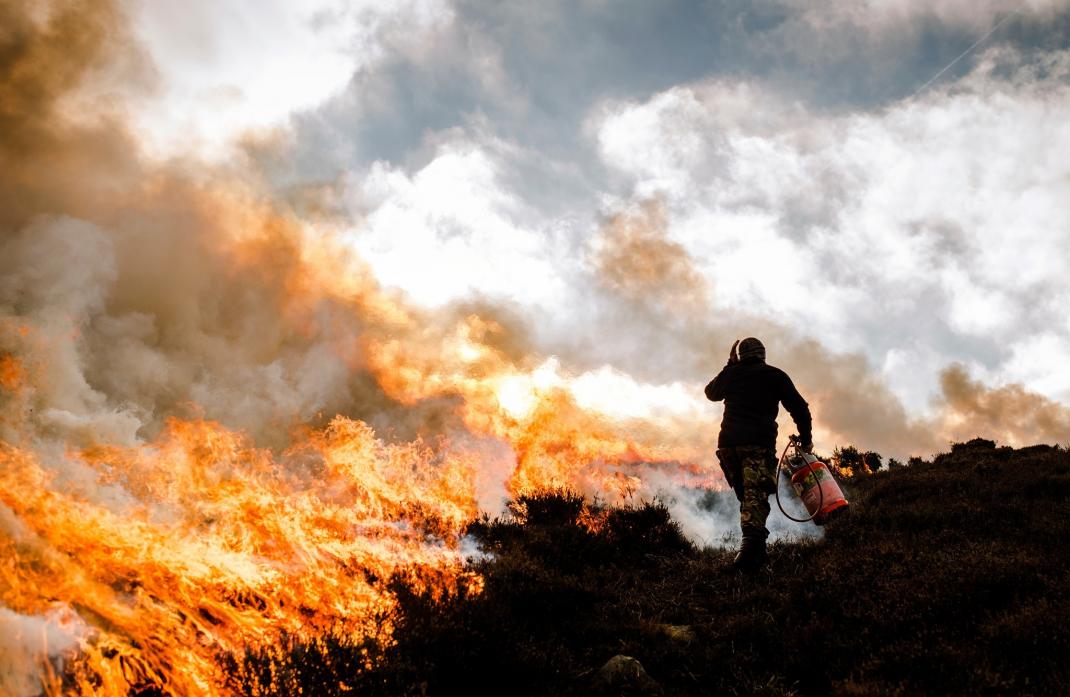
MOORLAND landowners want more information about how heather burning licences will be awarded after the Government announced its intention to ban the practice on blanket bog.
The move to bring in regulations to prevent burning heather and other vegetation on areas of deep peat on a Site of Special Scientific Interest (SSSI) was confirmed by Defra late last month.
But the Moorland Association has warned that burning is an essential tool in managing the moorland and preventing wildfires.
The UK has 13 per cent of the world’s blanket bog, a type of peatland, with large swathes of it in upper Teesdale and the North Pennines Area of Outstanding Natural Beauty (AONB).
Environment Secretary George Eustace said peatlands have great potential as a natural store of carbon and protecting and restoring it would help the Government reach its commitment to reach net carbon zero emissions by 2050.
He added that the ban would protect habitats, provide a haven for rare wildlife and be a natural provider of water regulation.
He said: “We want to work with landowners to restore the natural hydrology of many of these sites through our new agricultural policy to support our ambitions for the environment.
“The burning of heather on these sites makes it more difficult to restore their natural hydrology which is why we are taking this step.”
However, Defra recognised that if moorland is left unmanaged there is a risk of wildfires and it intends to work with landowners to develop local wildfire control plans and there would be specific areas where the ban would not apply.
These include steep land or where scree makes up half the land area.
A spokesperson said: “The secretary of state may also issue licences for the burning of heather on blanket bog for the purposes of wildfire prevention, for a conservation purpose or where land is inaccessible to cutting or mowing machinery. These licences may cover several years so that they can be aligned with coherent management plans for sites.”
Moorland Association director Amanda Anderson said the organisation looked forward to getting more detail about the licences and welcomed the Government’s recognition that controlled winter burning has a part to play in certain circumstances, particularly preventing wildfires, which she described as “the greatest threat to moorland”.
She added: “Wildfire prevention and conservation work goes hand-in-hand with moor owners’ long-standing commitment to tackling climate change and driving forward peatland restoration.
“Moor owners have already invested heavily in re-greening the equivalent of tens of thousands of football pitches of bare peat and blocking thousands of miles of old agricultural drains to help water retention on moorland and reduce emissions.”
Much of this work has taken place in upper Teesdale.





